The ability to share/join a Wi-Fi network through a QR code has emerged as one of the standout features of Android 10. While exchanging long, complicated passwords can feel cumbersome, swapping details through QR codes feels a lot more straightforward and, not to mention, secure.
Samsung Galaxy S10 and Note 10 are guaranteed to get updated to Android 10 in the coming months, but the South Korean OEM isn’t willing to wait that long to let users make use of the cute Wi-Fi password sharing via QR code feature from Android 10.
The company bundled in Android 10’s native Wi-Fi QR code-scanning feature with the August update for the S10 lineup, giving users a taste of Google’s latest OS.
Here’s how to use the feature:
Go to Settings > Tap on Connections > Open Wi-Fi > Tap on the network you want to share > You’ll find the QR code at the top. Scan from the other phone to add this network on that phone.
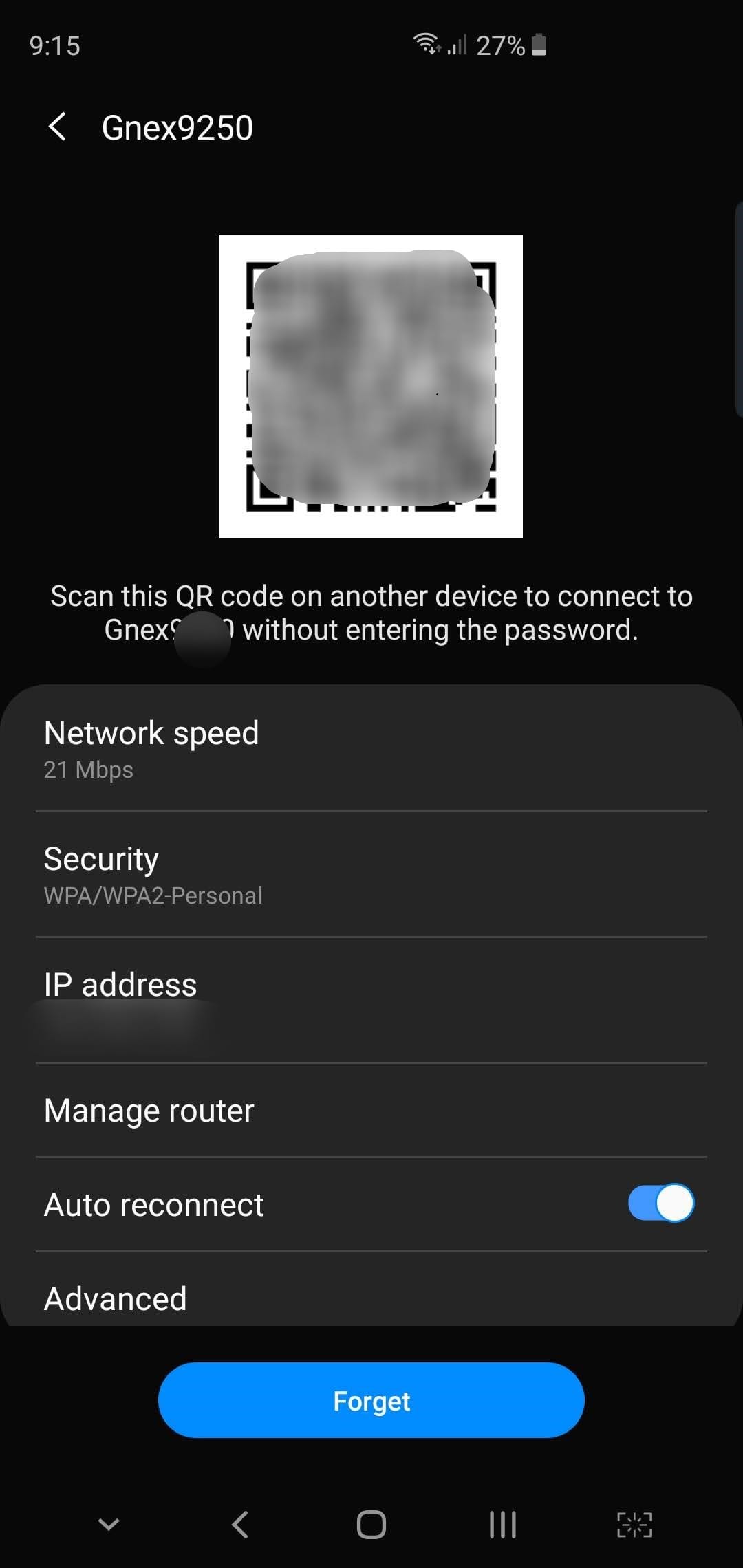
To scan the Wi-Fi QR code from your other phone, you just need to open the camera app, and then scan the QR code on the S10 showing the QR code. You can share the screenshot too. In case scanning from the camera app doesn’t work, use the QR scanner quick setting tile. Samsung added the QR scanner tile in the quick settings panel (double swipe down from top) only recently to its One UI via a software update.
Tip: You can save your password by taking a screenshot and saving it on your PC or online (even Gmail). So, next time you need to join the network, you can simply scan the QR code.
However, on Android 10, you get an option to join a network using the QR code both on the Wi-Fi networks screen, and when you tap a Network to join it, on the password pop-up. This is a more convenient way to be able to use the QR code to join a Wi-Fi network because you see the QR code button right when you are looking to add/join a network. Samsung should consider this. Maybe One UI 2.0 will have it as that’s based on Android 10.
Here’s how it the QR scanner option looks like on Android 10.
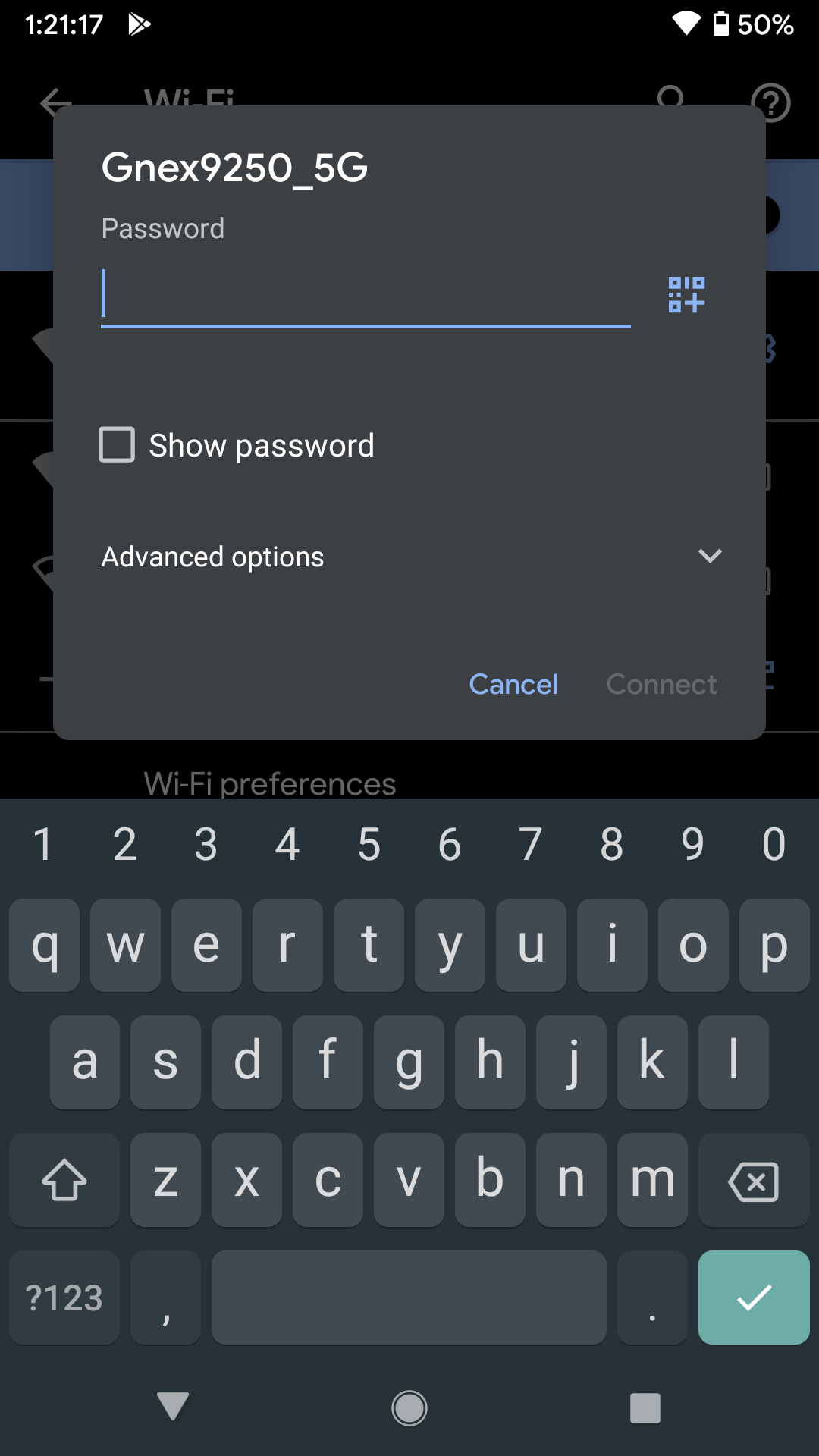
Join a given Wi-Fi using QR code on Android 10 
Wi-Fi networks screen on Android 10
As for the official Android 10 update from Samsung, users could be forced to wait a couple more months before seeing Samsung’s Android 10-based One UI 2.0 in all its glory.

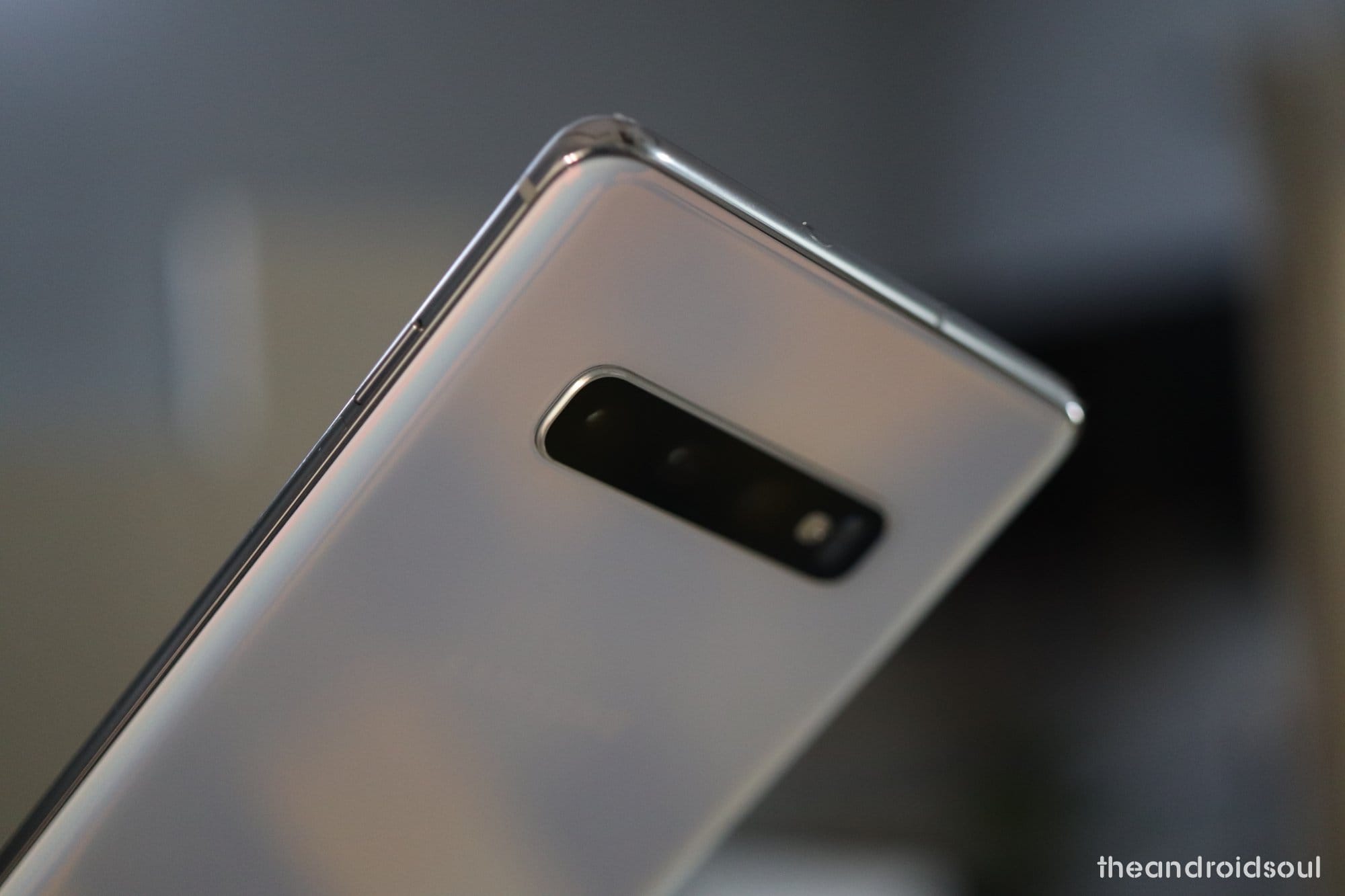






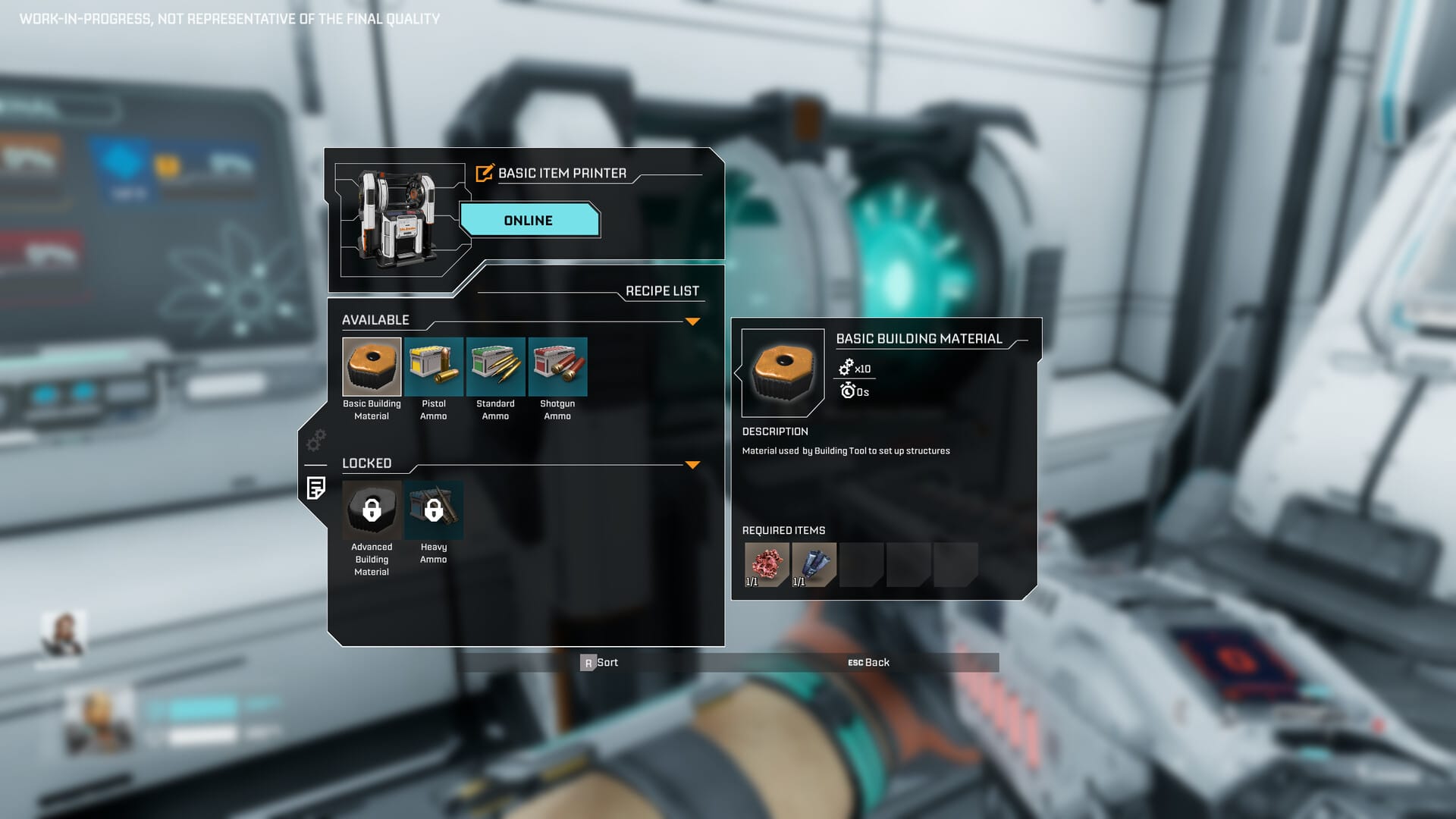
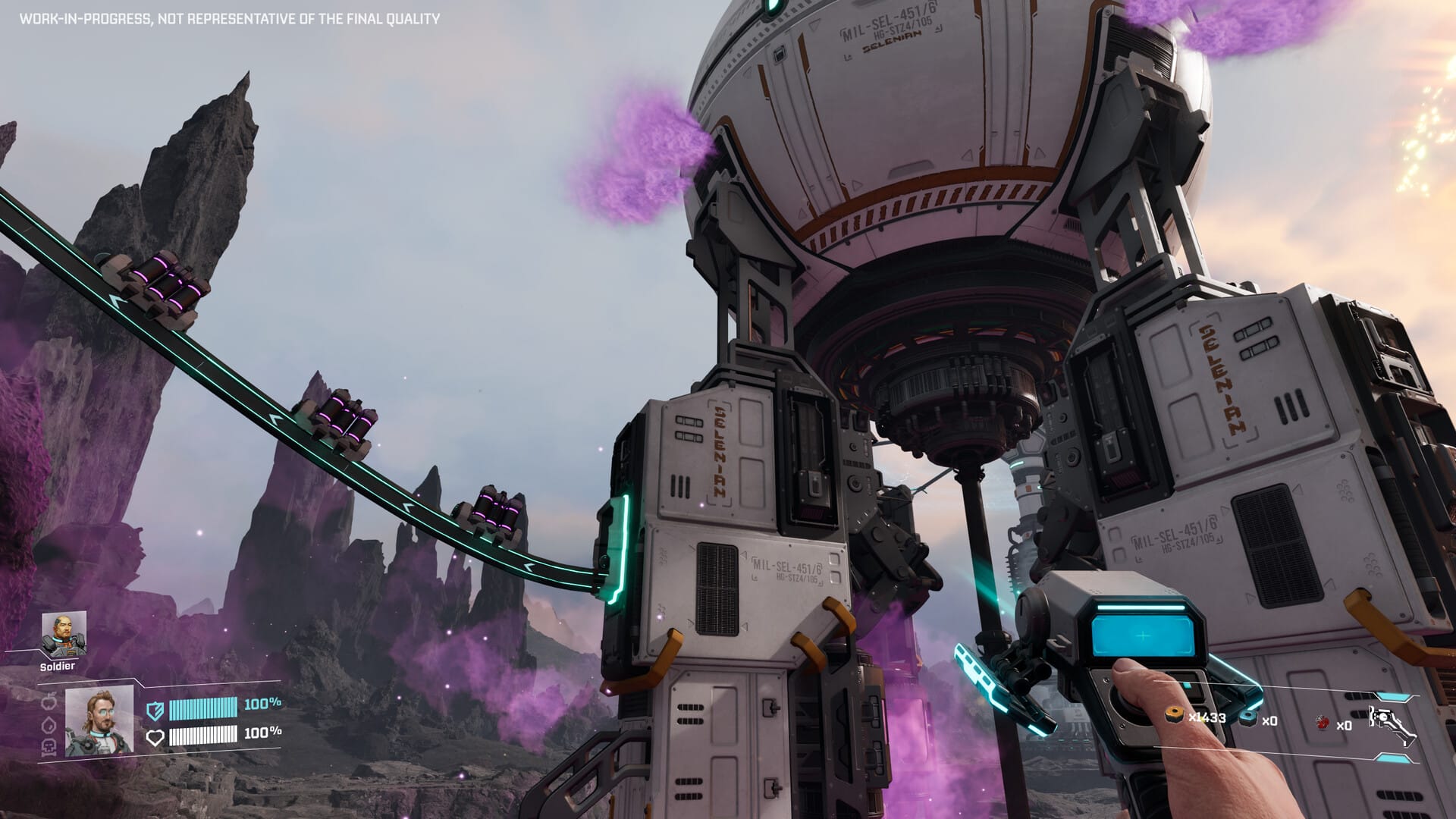



Discussion